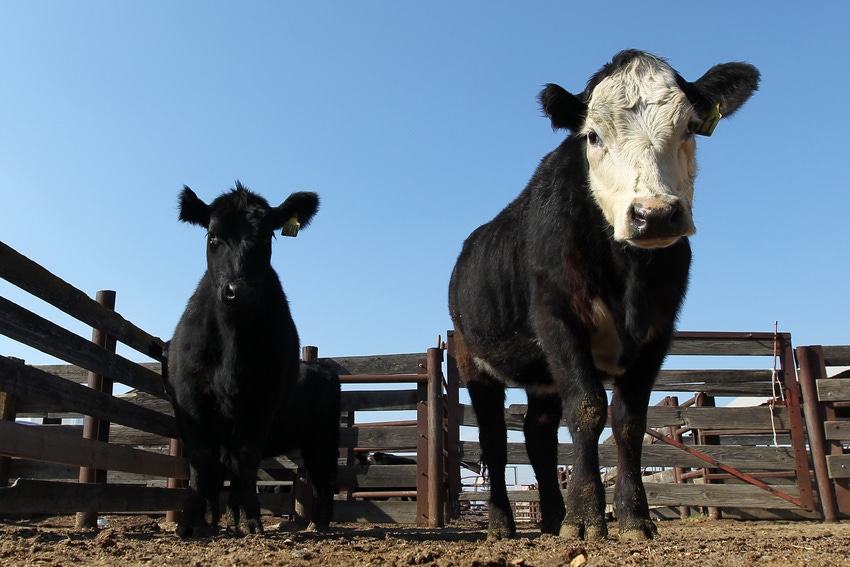Cattle and other livestock burn more calories walking in mud and staying warm when cold mud sticks to them.
March 25, 2020

Rain creates mud, and mud creates angst for farmers. Mud is not simply a gooey mess for the animals and people who trudge through it. Mud can keep farmers from planting and harvesting, lower crop yields, put livestock at higher risk for some diseases and make it tougher for livestock to gain weight, according to Ohio State University Extension, the outreach arm of The Ohio State University College of Food, Agricultural & Environmental Sciences (CFAES).
For livestock, trudging through the mud is hard work. Cattle, pigs and other livestock burn more calories stepping through mud and staying warm when cold mud sticks to them, and burning more calories means they weigh less when they go to slaughter, so cattle often have to be fed food that’s higher in nutrients if they are dealing with a lot of mud.
“Cattle can handle cold weather better than mud,” said Stephen Boyles, cattle specialist with CFAES. “We complain about cold temperatures, but there can be some benefits, because then at least the ground is frozen.”
Weight gain for beef cattle in mud becomes even tougher. Cattle in shin-deep mud experience a 14% decline in their ability to take on weight. If the mud is up to their bellies, there’s a 35% decline, CFAES said, pointing to federal statistics.
Out on the pasture and sometimes in the feeding areas, ruts and reseeding often are necessary, Broyles said, noting that it can help to install concrete in a feeding area or create a slope in the area so rainwater rolls off.
“If not, about all you can do is reseed and level the feeding area,” Boyles said. “Admittedly, I have not found a perfect answer.”
You May Also Like


.png?width=300&auto=webp&quality=80&disable=upscale)
